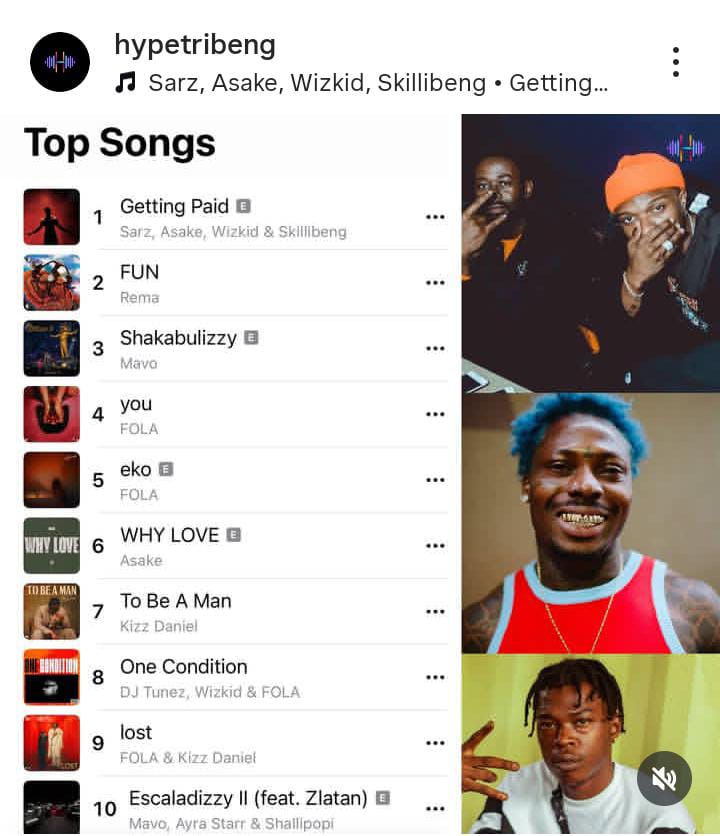Music
“Kai!” by Olamide & Wizkid: A Nigerian Musical Masterpiece of Swagger, Soul, and Cinematic Vibes
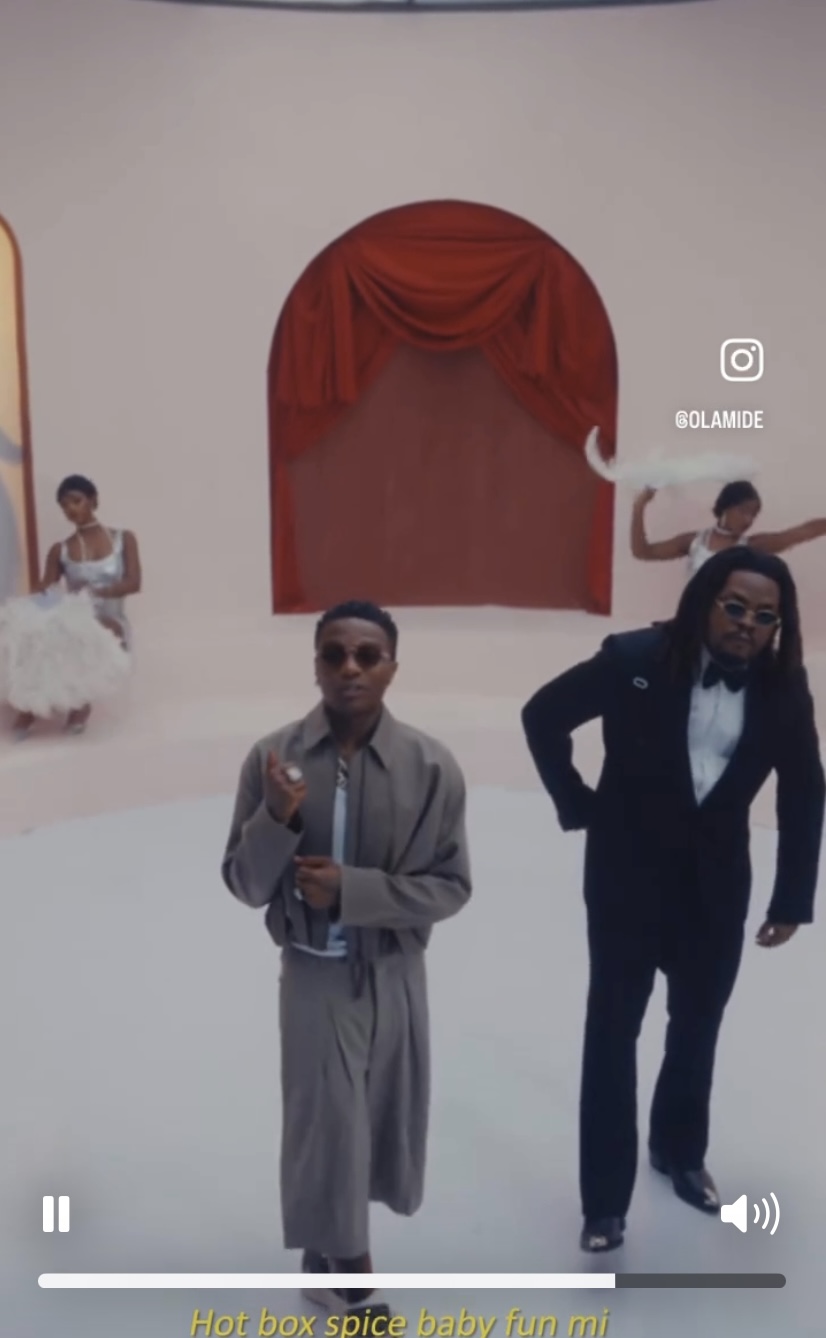
When Olamide and Wizkid team up, it’s more than just another collaboration, it’s an event. The result is bound to be monumental. With Kai!, the duo has delivered not just a song, but a full-on experience. From catchy lyrics to a music video that looks like a blend of West African royalty and retro British theatre, Kai! is a visual delight and a pleasing sound.
The Lyrics: Confidence, Wealth, and Appreciation in Every Line
Olamide kicks off the track like a man who knows exactly who he is:
“Mr. Bombastic, Mr. Romantic, Mr. Fantastic…”
He’s not just rapping—he’s narrating his lifestyle with suave. But it’s not all bravado. Midway through, Olamide slows it down to admire the beauty of a woman in a way that’s both poetic and playful:
“See your body, baby—na God take e time create you.” Then he ends with the exclamation “Kai”
It’s a tender word that praises the woman’s body appreciating her beauty. It’s a compliment that feels elevated, respectful, and smooth—a perfect bridge between street talk and romance.
If you are trying hard to woo a woman, continuously sing this part of the song for her and with time you will see her dancing to your tune.
Wizkid follows with his signature laid-back flow, crooning:
“It’s too easy ‘cause the money surplus / Na money dey stop long talk…”
Wizzy’s contribution is all vibes, all groove. He’s flexing wealth and calm confidence, delivering his lines with the kind of charisma that made him the global star he is. It’s the type of verse that sounds just as good when it’s whispered into your ear through your headphones at 2 a.m. as it does blasting from a rooftop party in Lagos.
Once she begins to dance to your tune, add wizkid‘s line where he talks about the supplication of money, trust me you have gotten yourself a woman.
The hook, “Kai!” echoes like a reaction you can’t help but feel there is this indescribable sweetness attached to it, that you can’t wait to say it. It’s a wordless exclamation packed with energy, and it punches through the track like fire. It’s one of those hooks that’ll have you singing long after the song ends.

Olamide x Wizkid
The Visuals: Theater, Elegance & Subtle Flexes
Directed by Jyde Ajala, the Kai! video is a true aesthetic trip. The opening feels like a movie show that flows into music. Think grand theater meets Afro-urban glamour. Rich red curtains, vintage set pieces, warm golden lighting, it’s all designed to evoke luxury, nostalgia, and class. The stage feels intimate but regal, like something out of a West End musical where every detail has meaning.
Olamide and Wizkid’s fashion tells its own story. Baddo shows off range—corporate power suit one moment, jersey swagger the next. Wizkid leans fully into minimal, stylish streetwear that balances his global star status with local swag.
Their synergy in style and presence enhances the storytelling. Background dancers appear in clean formations, moving in synchronization to the beat. Every camera pan, every lighting cue, feels intentional. Even the props used, rotary phones, heavy drapes, retro furniture, add texture and mood, giving viewers a visual treat that matches the song’s rich sound.

Why You Should Watch Kai! Right Now
If you’re a fan of lyrics that land, visuals that linger, and collaborations that actually hit, Kai! is your new favorite. You hear that flavorful sound the trumpet adds to the song, it’s fire, it brings out the Afro fusion in the music.
“Kai” is energy, its culture, it’s beauty and chemistry added to music.
The FC and Baddo fans are already flooding the comments with praise, and honestly? They’re not wrong.
Don’t be left out in the flow, watch Kai!—and feel every second of it.
see also: Ayra Starr & Wizkid’s “Gimme Dat” Honest Review
Music
Ciara, Oxlade and Moliy Team Up on “Nice n’ Sweet” A Smooth Blend of R&B and Afrobeats
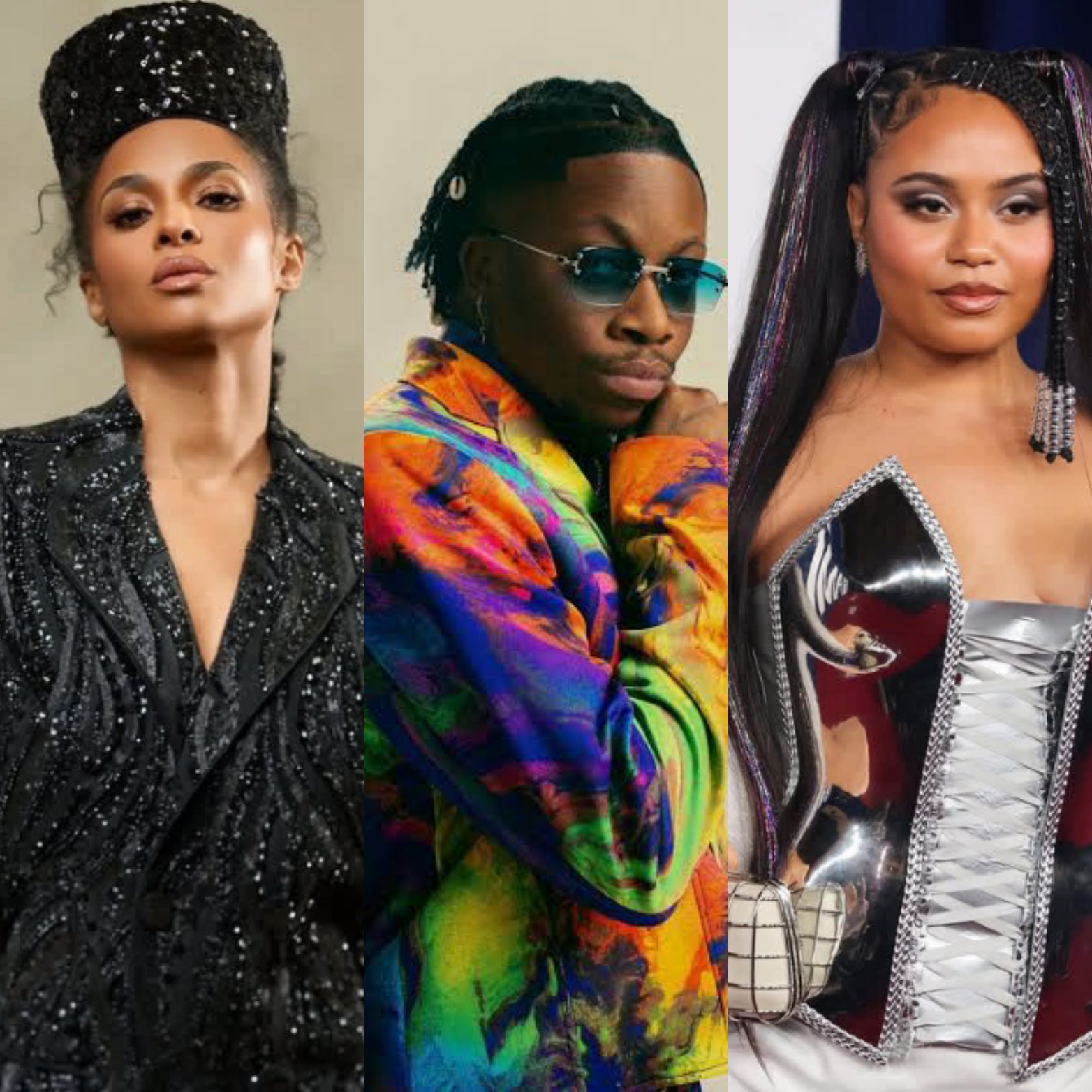
Ciara’s latest release, “Nice n’ Sweet,” arrives with the kind of clarity that shows a deliberate new phase. Featured on the CiCi deluxe edition, the track pairs her R&B foundations with a lively Afro-influenced sound shaped by Oxlade and Moliy, two artists who have created a unique spaces within African pop’s today’s sound. The collaboration pulls three different style into one direction, resulting in a song that feels good in its mix.
Produced by Shyne and Lucky Jones, the single uses a warm beat and smooth melodic patterns that give the song its rhythm. Ciara’s delivery stays soft, setting the tone before Oxlade steps in with his smooth, instantly recognisable tone. Moliy adds a lightness that rounds out the trio’s chemistry, creating a mix that feels global without without drifting.

Ciara & Moliy: Instagram
Lyrically, the track plays with intimacy and rhythm, reflecting the playful lines that have already drew interest online. It’s an easy listen on the surface, though there’s a clear intention in how each voice is arranged in parts, lending the record a clean result that suits its cross-cultural identity.
Beyond the sound, “Nice n’ Sweet” marks another point in Ciara’s ongoing connection to African music, a relationship she has been exploring more openly in recent years. Oxlade’s inclusion reflects his continued rise among international audiences, while for Moliy, the feature signals another significant step in her expanding path.
Music
14-Year-Old Champz Debuts at No. 1 on Apple Music Nigeria
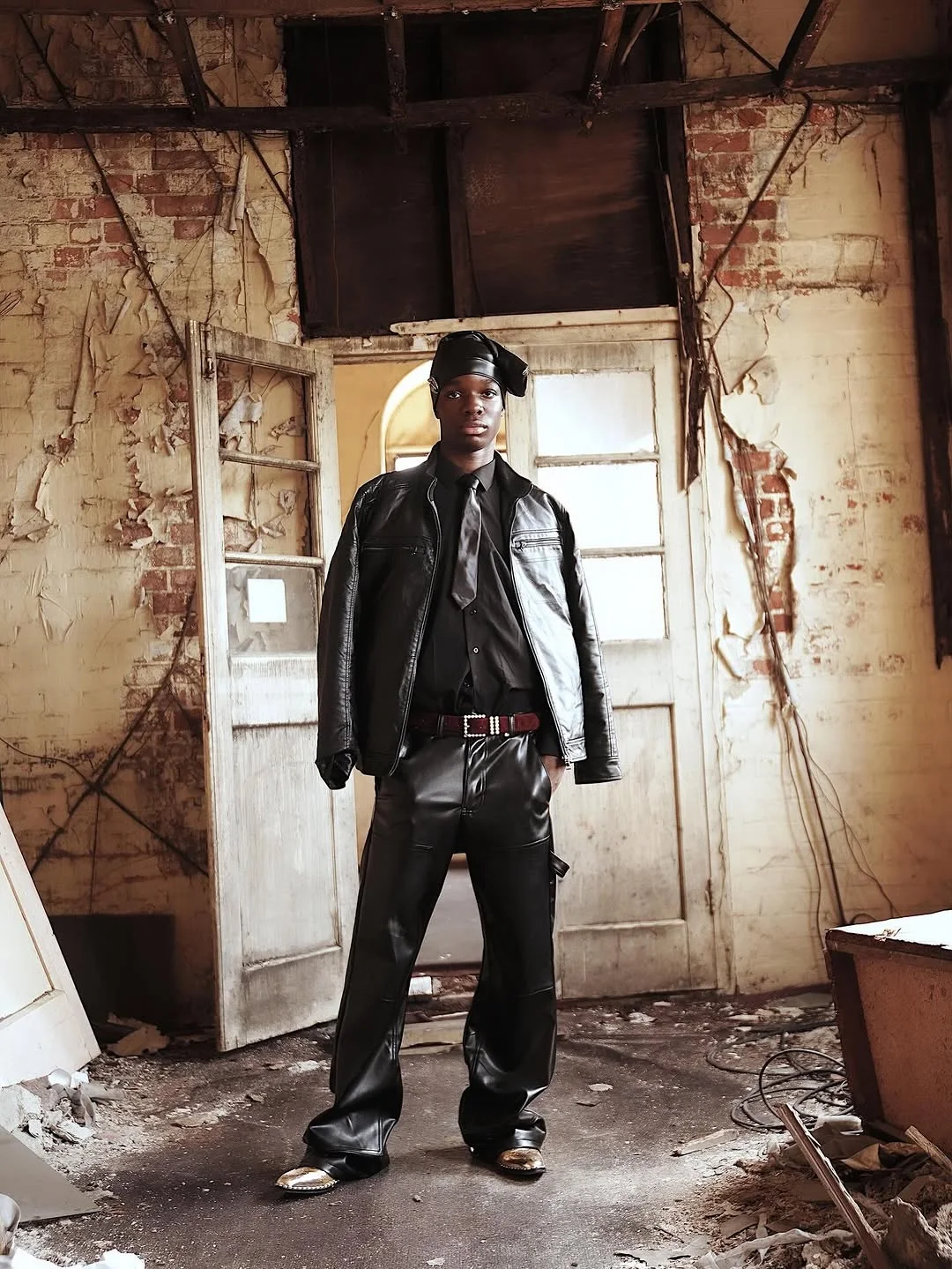
At 14 years old, Champz, real name Boluwatife Balogun, has become the youngest artist to reach No. 1 on the Apple Music Nigeria Top Albums chart with his debut EP, Champion’s Arrival. The five-track project, just eleven minutes long, was released on November 11, 2025, and topped the chart within five hours.

Champz – Instagram
While his father, global Afrobeats star Wizkid, is a recognized name, Champz’s achievement is notable for being entirely solo. The EP features no guest artists, highlighting his ability to connect with listeners independently. Its concise format also reflects a clear understanding of today’s streaming-focused audience, where short, focused projects can make a strong impact quickly.
The success positions Champz among the youngest artists in Nigeria to reach a chart-topping release. It also shows that early exposure and guidance from a music family can translate into tangible results, provided the talent is real. Rather than relying on collaborations or hype, Champz’s work demonstrates self-reliance and a grasp of his musical identity at an age when most are still exploring their interests.

Champz – Instagram
Reaching No. 1 on Apple Music Nigeria is significant. The platform measures real-time streams, and a top position often forecasts broader commercial and media opportunities. For Champz, the milestone confirms that he has captured attention not only because of his surname but because of the music itself.
Looking ahead, sustaining this momentum will be crucial. He has the opportunity to expand through visuals, live performances, and selective international exposure. At the same time, maintaining focus on his own sound and growth rather than comparisons to his father or peers will be essential for long-term credibility.
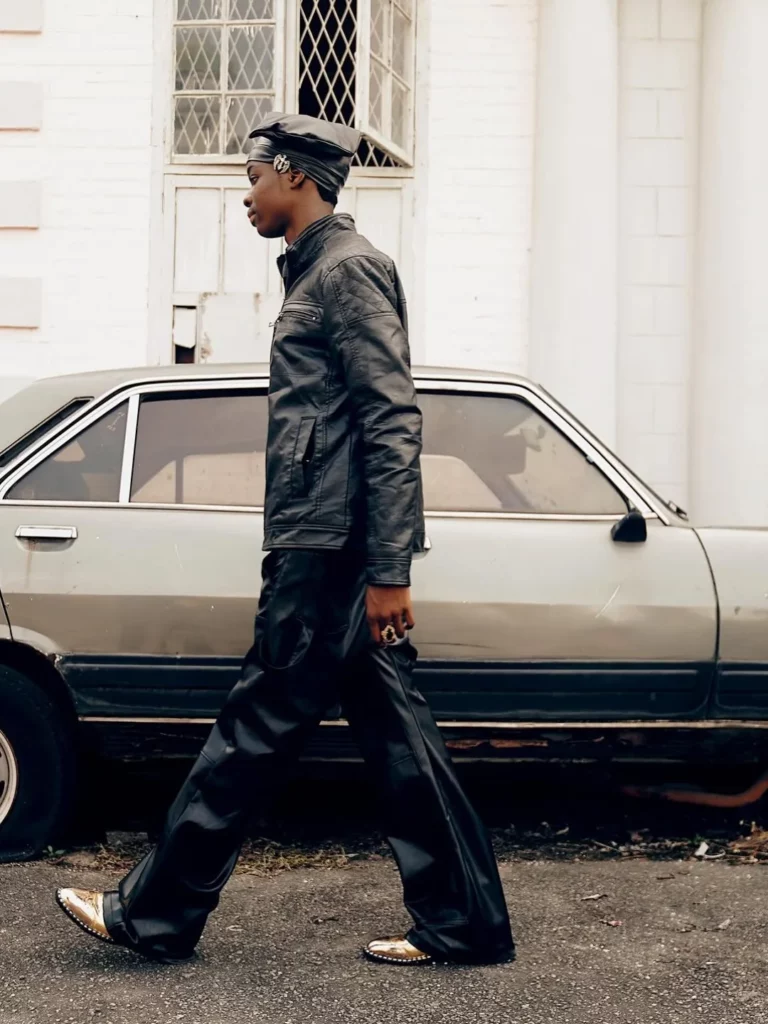
Champz – Instagram
This debut also reflects a broader shift in Nigerian music. Younger artists are entering the industry with digital-first strategies, short releases, and immediate engagement with audiences. Champz’s achievement illustrates that age is no longer a barrier when talent meets the right timing and approach.
By topping Apple Music at 14, Champz has made a measurable mark on the Nigerian music scene. His debut shows that careful preparation, focus, and genuine talent can translate into early success. For the industry, his rise serves as a reminder that young artists can achieve significant milestones if given the right platform and guidance.
Music
Sarz “Getting Paid” featuring Asake, Wizkid, and Skillibeng: A review

In African music’s dynamic scene, few collaborations have generated as much buzz as Sarz’s latest single “Getting Paid,” featuring Asake, Wizkid, and Skillibeng. It’s a noteworthy collaboration of distinct talents. This lineup brings together unique styles and energies.
“Getting Paid” is a smooth blend of genres that fuses afrobeat rhythm and dancehall-inflected energy. Each featured artist played a distinct role in ensuring the song succeeds. Asake, with his distinctive Yoruba street-wise infusion, Wizkid offered a smooth melodic hook that rides the groove. Skillibeng brings a sharp, fiery energy.
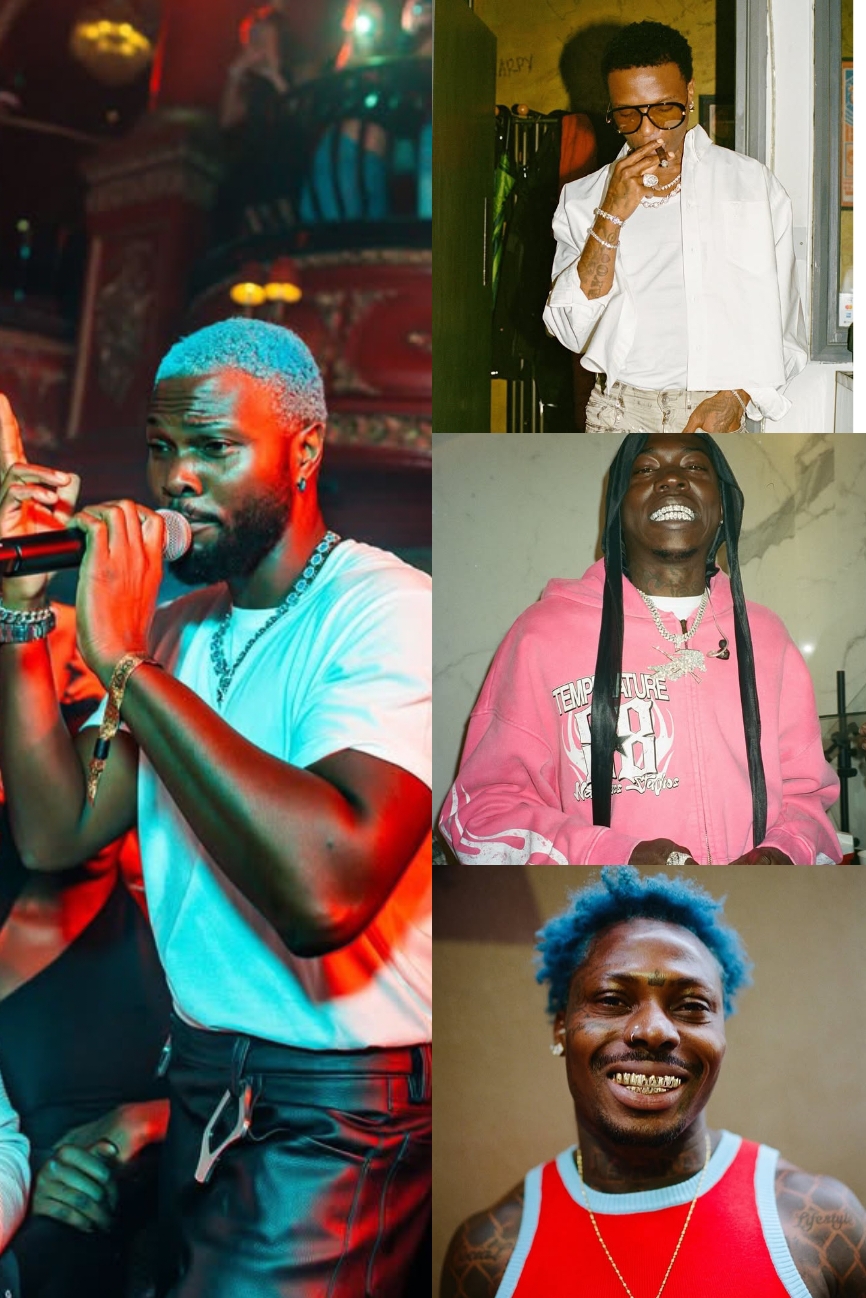
Collage of the “Getting Paid” artists’: Instagram
The song is lyrically rich and entertaining. It addresses triumph, wealth, and success. The chorus, “Man we’re getting the pay, pay” is a line that is likely to resonate well with listeners locally and internationally. We all want to get paid. While the song itself is exceptional, the visuals of “Getting Paid” match the song’s ambition. Good music deserves a matching video that interprets the song visually. The video production is clean and polished, with vibrant colours, costumes, diverse locations used and exceptional cinematography that brings the song’s concept to life. The video holds attention through the artists’ performances.
“Getting Paid” hit #1 on Apple Music Nigeria’s top songs chart as at when it was released in September. For anyone who loves good music, “Getting Paid,” is a must-listen. As the African music scene continues to grow, collaborations like this will undoubtedly play a significant role in shaping its future. Available now stream it to experience the energy.
-

 Celebrity News5 months ago
Celebrity News5 months agoSophia Egbueje, Often imitated never duplicated!
-

 Psycho5 months ago
Psycho5 months agoThe Psychology of Spending: Why You Keep Buying Things You Don’t Really Need
-

 Food5 months ago
Food5 months agoSneaky Signs your Body Needs More Protein
-

 Beauty4 months ago
Beauty4 months agoIs There Anything Like Too Many Accessories?
-

 Sex & Relashionships5 months ago
Sex & Relashionships5 months agoSigns To Know It’s Time to Move On From Your Relationship
-

 Movies4 months ago
Movies4 months agoHijack ’93: The Forgotten Nigerian Hijack Now a Netflix Hit
-

 Sex & Relashionships4 months ago
Sex & Relashionships4 months agoSubtle Signs Your Partner Keeps Thinking About You
-

 Movies4 months ago
Movies4 months agoTrailer Review: Highest to Lowest
-

 Celebrity News4 months ago
Celebrity News4 months agoToke Makinwa Shares Graceful Pregnancy Reveal
-

 Skin Care4 months ago
Skin Care4 months agoUnmasking The Truth: Do Face Masks Really Work?

